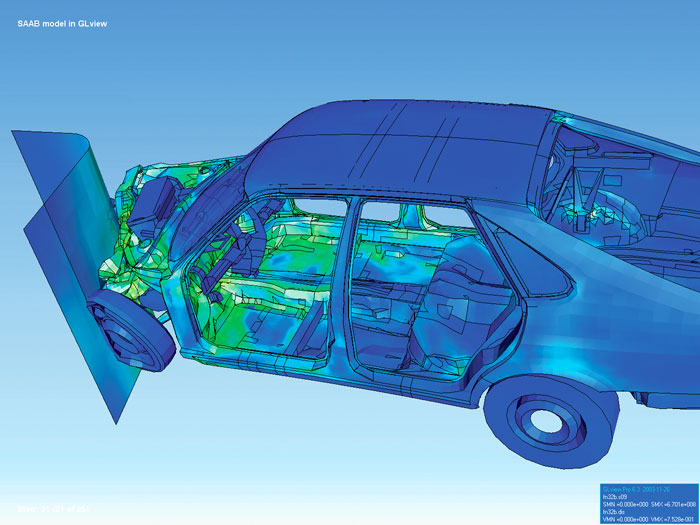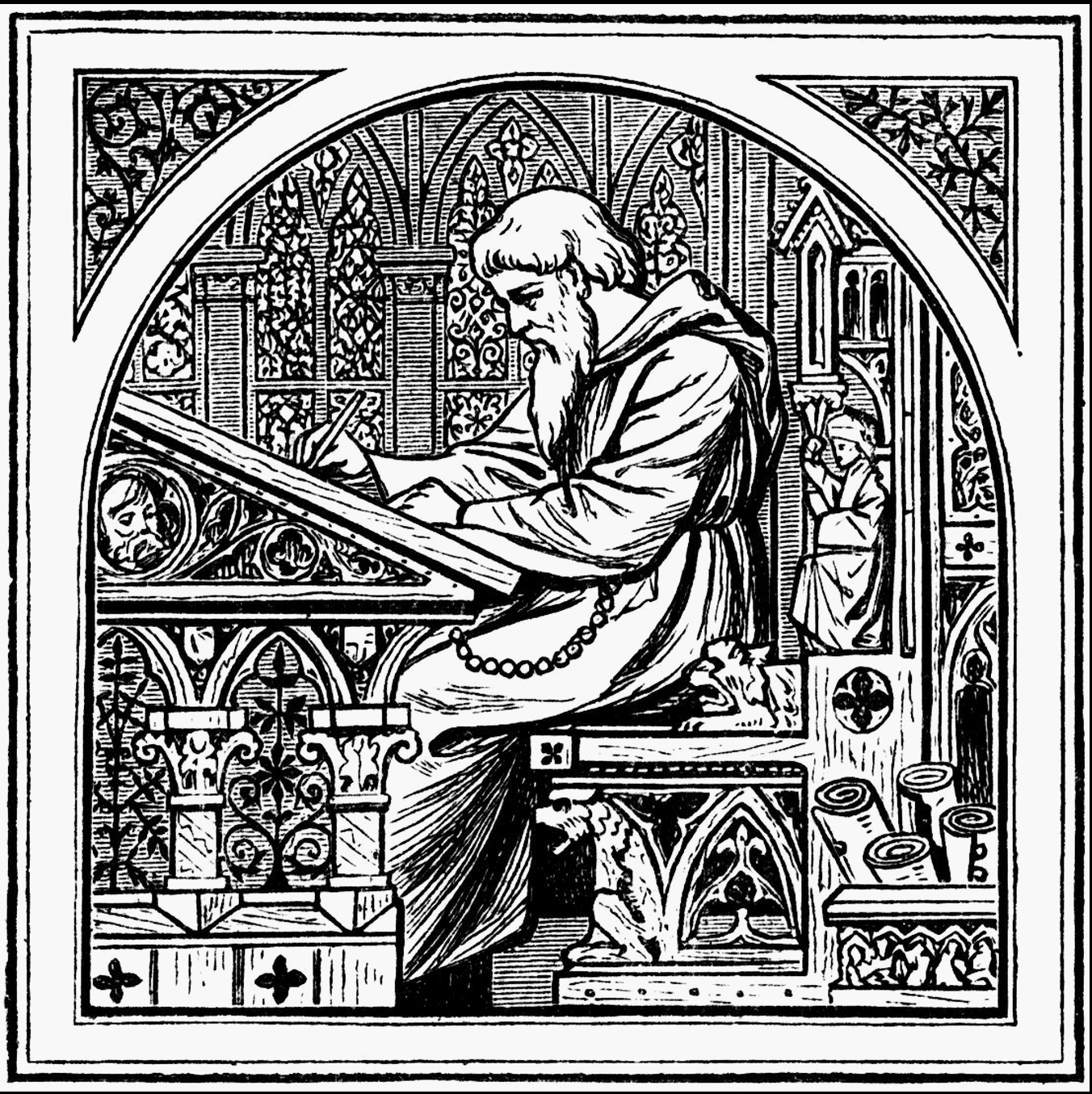Post 110 - by Gautam Shah
.
We express about things, ideas, dreams, experiences, concepts; to re-enact, record or communicate. The re-enaction helps to reinforce the experience of a happening, and recover the missing sets of information. Recording helps to organize and condense the information for posterity. Communication imparts information to someone or secures a reaction.
.
We express about things, ideas, dreams, experiences, concepts; to re-enact, record or communicate. The re-enaction helps to reinforce the experience of a happening, and recover the missing sets of information. Recording helps to organize and condense the information for posterity. Communication imparts information to someone or secures a reaction.
The focus of the re-enactment is what one strongly feels, desires, or
believes, and with that entire experience enlivened, justified or
confirmed. Events occur in spatial context and have time
sequencing, but for re-enactment, it is the personal relevance that
becomes the force-de-majeure. The links between spatial or
temporal segments are not amenable to any logic and so remain
ethereal.
The recording media (paper, tape, film) is an estate that must be
used carefully. A record is created for its retrieval in some other
time and space, by own-self or someone else and in part or as
a whole. These, needs some order and frugality. So records are
better organized then personalized enactments.
Communication occurs through writing, oral and gestural deliveries
and through abstract medium of graphics. It is an expression for a
target ‘audience’. The author must be proficient in the subject and
have some knowledge about the target audience. The contents are
sequenced, with time as the operative element. Oral or gestural
deliveries are sequenced in time so are lineal. Writings can have
non-lineal arrangement provided it is aided indexing. Graphical
formats are impressionistic, rely on the holistic effect.
Such spatial ordering is used to highlight or amplify certain sections
as well as to demarcate sections. Other spatial formations are based
on some value judgement system. Database management
presentations use such value-based derivations. Spatial formations
such as tables, matrices, etc. are used for data management in
spreadsheets.
.jpg/640px-Un_C%C5%93ur_simple_(manuscrito).jpg) |
| Flaubert's heavily edited page of his manuscript for Un Cœur simple |
Creative Compositions use many of these techniques:
● Time and Space ordering:
The contents are sequenced, with time as the operative element.
The time is apparent in sequencing of events, time related measurable
changes, accelerations and deceleration and for cause-effect
presentations.
In speeches pause is an important time section for concepts to sink
in, allow the audience to respond (clapping, thumping or noise to die
down), or enhance the delivery of next expression. Audio-video
presentations are synchronized to beats, or tempo-pitch of the
delivery. Background noise and music are scaled to the nature of
contents.
● Emphasis by Condensation and Elaboration:
● Emphasis by Condensation and Elaboration:
The emphasis in compositions occurs by condensation and
occasionally by elaboration of the subject matter. Emphasis is often
created by intentional de-emphasis. Obvious details, concepts,
ideas, conclusions are not put forward at the nominal time and space,
but are placed at the end, or the audience is allowed to draw its own
inferences.
The condensation and elaboration are employed to colour a document
as a personal style statement.
Condensation eliminates all unnecessary and less necessary
contents, and thereby increase the clarity, reduce the expression
size, delivery time, perception effort, etc. Condensation is also done
by use of abbreviations and symbols that replace large units of
contents. These include idioms, proverbs, metaphors, and signs.
Condensation is often used to restrict the access to a specific class of
audience, like magicians’ instructions.
Elaboration is achieved by augmenting the context of difficult to
understand concepts, events, situations, or objects. It is also done by
using the same word in different context, and using similar words
(synonyms and antonyms from a thesaurus) to redefine the meaning.
Multiple explanations help amplify content. Elaboration is achieved by
inclusion of anecdotes, couplets, quotations, footnotes, end notes, and
other sensorial effects.
● Bridging and Linking:
The contents are bridged to create a seamless statement or a larger
concept. The most common bridging is through time and space
organization of the contents. The links to other documents (e.g. hyper-links, bibliographies, index) are such reference bridges.
Recorded contents are classified according to the nature of content,
name of the author, date of publication, size and form of the
document. Such classification identifiers also provide associations.
A well bridged or cited content vouches its authenticity through
circumstantial referencing. Contents are also bridged using
conjunctions. Words like and, if, or, when, then, whereas, therefore,
etc. connect clauses or sentences. Bullets, numbered lists, also bridge
sub topics.
● Separating and Isolating:
The contents are separated or isolated, by spacing (white spaces,
pauses, start of new paragraph, section or a chapter), and by
tabulation (bullet marking, numbering, hyphenating, bracketing), to
highlight or categorise the sub-topics. Separation in writing is
achieved by commas, semicolons, brackets, or other interludes (gutter
spaces in newspaper columns). In recordings a null space is provided
for the machine to recognize the end of one section and the beginning
of next one. By isolating the contents it becomes easier to link each
such section distinctly.
● Abstraction:
The contents are abstracted by removing all less important
information, time slots and space gaps. The expression language in
Internet chat rooms shows the nature of abstraction spreading across
the world. Common words are written by eliminating vowels and are
denoted by their phonemes. Symbols and metaphors are also used
to squeeze the contents. Vedic mantras represent knowledge in a very
condensed form to easily remember it (‘Shrut Gyan’ -knowledge that
is heard). However, such condensation allows for different
interpretation of the contents.
 |
Contents are marked to enhance (bold facing, underlining, Italics,
large size type faces) their presence. The contents are delivered
louder, faster or slower, brighter, repeatedly, and in metres (musical,
couplets with rhymes) for the same effect.
● Order of contents
An expression can begin as an inquiry into a seemingly un-ordered
realm, and conclude with a definitive proposition. Other way
round, the expression can state a hypothesis or belief, and proceed
to present the evidence in support or against it. The third method
is hybrid, as it starts by analyzing a happening with all the
cause-effect contexts.
● Support from other media
Emphasis by support from other media is exploited to not only
enhance the contents, but also its presentation. In writing and print
media some of the topographical tools used are: underlining, bold
printing, fonts' sizes, colours of font and background, font styles
(plain, italics, small caps, with serif, sans serif, etc.) Other graphical
tools include insertion of graphs, charts, illustrations, etc. within the
document content. Multi media presentations have more than one
format like static pictures, movies, 3D effects, animations, sound clips,
body vibratory systems, ‘olfactory and taste’ supplement systems.
In oration a speaker boosts the delivery with body gestures,
repetition of words or sentences, pitch variation of voice, use of
rhymes, rhythmic, metre oration, poetical recitation, etc. The
information gets registered easily when supported by visuals such as
tables, charts and graphs, picture slides, movie or video clips,
animation. Learning frames or interludes are subtly included to
lodge the contents easily into the minds.
 |
● By Titling (Naming)
One of the best way of focussing (by declaration) the content is to
provide a title to it. A title as created by the author is more truthful
but is not accepted by the reader or audience, as their intentions of
accessing need not match the author’s perceptions. Storage systems
create own titles to facilitate access by their users’ needs. Titles
have limitations of size. This is overcome by including long titles or list
of keywords or summary or precis.
.










No comments:
Post a Comment